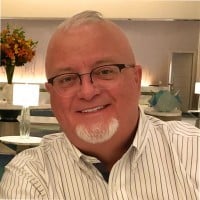The conventional method of accessing a key control cabinet is with the built-in keypad and a pre-authorized PIN (personal identification number) code. The user simply enters their PIN code to unlock the cabinet and retrieve or return a key for which they are authorized. In addition to the standard keypads, key control systems may also be designed with other types of access devices.
For example, automated key control cabinets can be designed for users to log in with an access card, fingerprint reader or hand reader. These optional user interfaces can be integrated directly into the key control cabinet for easy accessibility or they may be designed as a separate but connected, stand-alone configuration. In either design, users can only access keys which they have been authorized to remove or return.
Biometric scanning devices such as fingerprint or hand readers authenticate an individual’s identity. In other words, it compares the biometric characteristics with the information stored in the key control system’s data base and if there is a match, allows the individual to access the key control cabinet. Biometric devices are non-invasive and work well even with dirty hands.
Key control systems that integrate card readers for access can often utilize the same access control cards that are already in use throughout the organization. The electronic key control system grants access based on the information embedded in the access card and read by the card reader. Changes to an individual’s access authorization can be made instantly by program administrators, allowing or dis-allowing individuals to access the key control cabinet.
Whether the key control system is designed with a keypad, access card, fingerprint or hand reader, all transactions are recorded by the system – helping to ensure the safekeeping of the secured keys.



